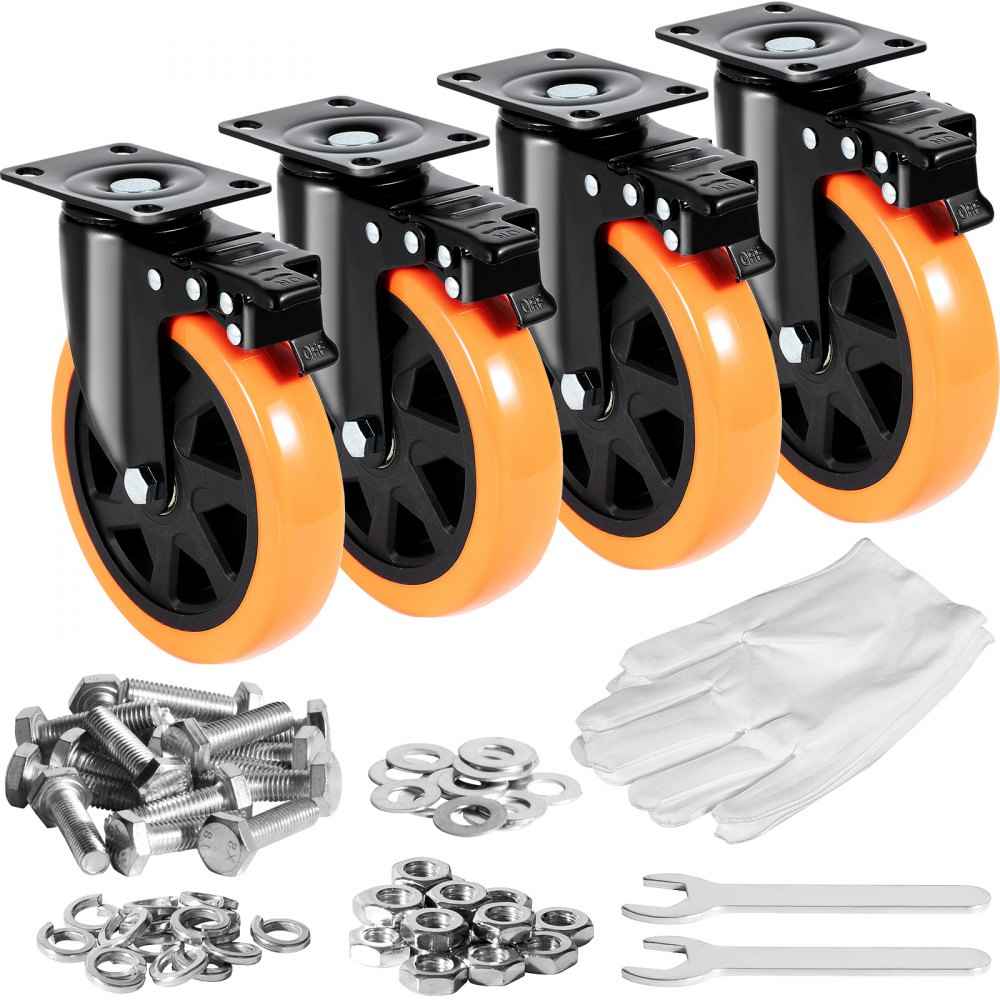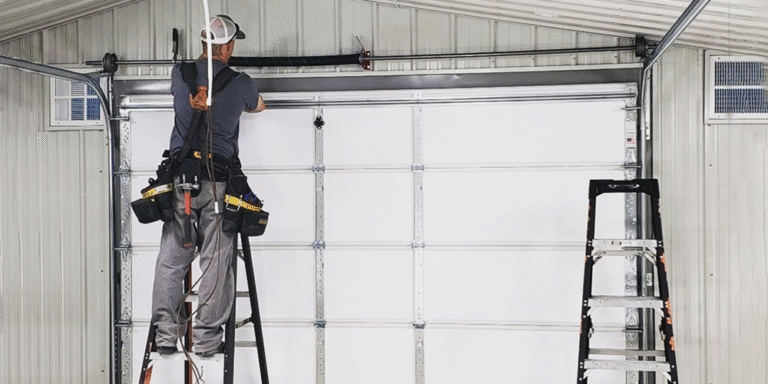
Key Takeaways
- Discover the wide variety of applications and the importance of casters in various industries.
- Learn about the technological advancements that have transformed caster capabilities.
- Understand the criteria for selecting the right caster for different environments and needs.
- Explore the future trends in caster technology shaping industries globally.
Introduction to Caster Technologies
In the dynamic landscape of modern industry, casters play an indispensable role in promoting seamless mobility and enhancing operational efficiency. From bustling warehouses and complex manufacturing plants to serene hospital corridors, these small yet powerful tools are integral to the movement of heavy loads with minimal effort. For instance, heavy duty caster wheels have become essential in supporting massive weights and ensuring the steady movement of goods and equipment across various platforms. This ubiquity of casters is no coincidence. Engineered for flexibility, robustness, and adaptability, casters are far more than simple wheel attachments; they are sophisticated tools designed to cater to various industrial needs. Whether tasked with transporting sensitive medical equipment swiftly and safely through hospital hallways or maneuvering hefty machinery components in a sprawling factory, casters remove the strain from these processes, paving the way for enhanced productivity and smoother operations across industries.
Wide Applications Across Industries
Casters are essential for enhancing movement and efficiency across various environments. In the industrial sector, they play a crucial role in logistics operations by enabling the seamless transport of bulky materials along busy assembly lines. In healthcare, casters are vital for moving essential medical equipment and patient beds quickly and safely, often in life-or-death situations. In office settings, casters contribute to a flexible work environment. They are found in chairs that allow mobility and modular desks and partitions that optimize space. Their versatility also extends to retail spaces, where they make it easy to reposition shelving units and displays as needed. Furthermore, casters assist with the precise alignment and transportation of aircraft machinery in the aviation industry.
Innovations Transforming Caster Capabilities
In recent years, the caster industry has witnessed significant innovations that have enhanced its functionality and durability. Features like swivel locks, shock-absorbing capabilities, and advanced materials such as polyurethane and thermoplastic elastomers have revolutionized how casters operate. These advancements provide smoother, quieter rides and significantly reduce wear and tear, thus extending the lifespan of the casters and the equipment they support.
Moreover, innovations in ergonomic designs are responding to the growing demand for user-friendly equipment that reduces the physical toll on workers. This is especially crucial in environments where manual handling of heavy loads is frequent. Modern caster designs set new workplace safety and comfort standards by integrating features tailored to reduce strain and enhance ease of use. The forward-thinking approaches of these innovations ensure that casters not only meet but exceed the expectations of current operational demands.
Selecting the Right Caster: A Guideline
Choosing the right caster is not a one-size-fits-all decision; it requires careful consideration of various factors to ensure optimal performance and safety. Here’s a comprehensive guideline to assist in selecting the appropriate casters for specific needs:
- Load Capacity: This involves determining the maximum weight a caster needs to support, including the load’s weight and any additional forces it may encounter during movement.
- Surface Compatibility: Consider the type of flooring the casters will be used on, whether it’s hardwood, tile, carpet, or concrete. This will influence the wheel material and tread type.
- Environmental Conditions: Evaluate the conditions under which the casters will operate, such as exposure to extreme temperatures, chemicals, moisture, or outdoor elements, and choose materials that will withstand these variables.
- Special Features: Look for casters with specific functionalities, such as locks to prevent unwanted movement, shock absorption for smoother transportation, or noise-reduction designs for quieter environments.
Sustainability and Eco-Friendly Options
As sustainability becomes increasingly important, the caster industry evolves toward more eco-friendly practices. Many manufacturers now prioritize using recyclable and biodegradable materials while shifting towards production processes that minimize waste and energy consumption. This commitment to sustainability benefits the environment and appeals to the growing number of consumers seeking environmentally responsible products. Recent trends in sustainable manufacturing highlight the need to reduce products’ carbon footprint throughout their lifecycle. Steps are being taken to ensure that casters align with global sustainability goals. This focus on green principles marks a significant shift and encourages innovation towards a more sustainable future.
Impact on Efficiency and Safety
The strategic selection and maintenance of casters profoundly impact workplace efficiency and safety. Correctly chosen casters can drastically reduce the risk of accidents and enhance productivity by enabling easier and safer movement of equipment and materials. For example, casters with advanced braking systems can prevent unintended rolling, ensuring employee safety and asset protection. Statistics and case studies underscore that appropriate caster implementation reduces workplace injuries, resulting in fewer operational disruptions and lower worker compensation and equipment repair costs. This connection between the right caster choice and improved safety metrics highlights casters’ critical role in bolstering workplace safety and operational excellence.
Future Trends in Caster Technology
The future of caster technology is bright, with the integration of innovative technologies and robotics paving the way for unprecedented advancements. As industries continue to digitalize, casters equipped with sensors and data analytics capabilities are poised to enhance operational visibility and efficiency. These smart casters can monitor their performance, predict maintenance needs, and optimize movement paths, contributing to more automated and intelligent supply chain operations.
Moreover, as robots and autonomous systems become more prevalent in various sectors, casters integrating with robotic interfaces will further enhance automation and logistical efficiency. This inevitable crossroad of technology and infrastructure promises to improve and revolutionize traditional caster applications, reflecting the ever-evolving demands of industry and technological innovation.
Conclusion and Final Thoughts
Casters, though often overlooked in their simplicity, are foundational to modern industry practices. They facilitate movement and empower industries to operate more efficiently and safely. As technology and environmental priorities drive innovation in caster design and application, these small yet significant components will play an increasingly prominent role in shaping industrial practices and future growth.







